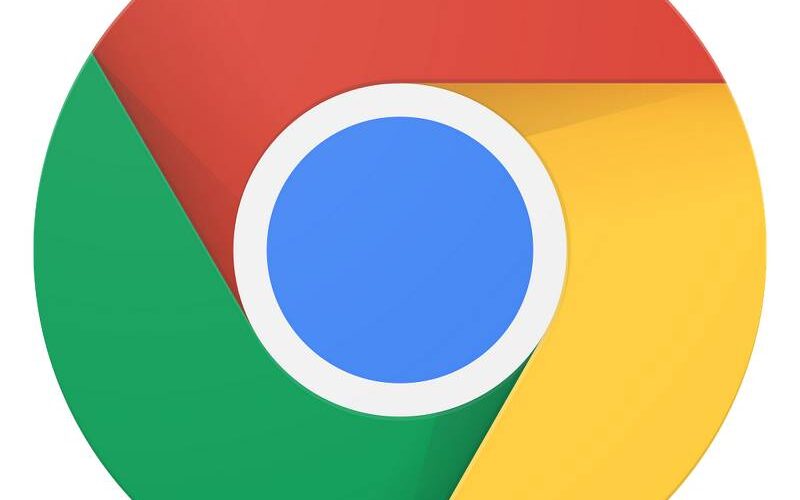Google has announced early access to a new version of Chrome OS called Flex, which runs on ordinary x86 hardware, offering the chance to revive older PCs or even out-of-support Macs.
The year of Linux on the desktop actually arrived a few years back, but the world didn’t notice. Chromebook sales did great early last year, although they did tail off later. Sure, the numbers are dropping this year – but some 50 million customers now have quite new ones.
Chrome OS is a specialised Linux distro, originally based on Gentoo, with the Aura Shell (“ash“). It has a fancy partitioning system with duplicate root partitions which update one another, allowing rollback of unsuccessful updates.
Chrome OS is much more like a normal Linux distro than Android, but Chromebooks have their own special firmware based on coreboot. Both Chrome and Chrome OS have open-source upstreams called Chromium, meaning there is a free ChromiumOS, but despite multiple different efforts, it wasn’t easy to install on an ordinary PC.
Before its acquisition, NeverWare turned this arcane process into a freemium product called CloudReady. Google acquired NeverWare in 2020, and Chrome OS Flex is the result.
NeverWare enjoyed some commercial success: for instance, Nordic Choice Hotels deployed (in Swedish) CloudReady to recover from a ransomware attack. The Register spoke with the company, but it declined to be interviewed.
What’s new is that this is now Google-sanctioned. As of now, Chrome OS Flex still has some limitations. Significantly, Flex can’t run Android apps, although supported hardware can run the Crostini container for full-fat local Linux apps.
Google offers a list of supported models and another of hardware that won’t work. Notably, Flex does support SecureBoot and Google recommends enabling it. Once installed, devices can be managed with Google’s existing tooling. There are some improvements over CloudReady, notably including a live mode so you can try before you install.
If you want to try it, you’ll need Chrome on Windows or macOS, plus the Chromebook Recovery Utility extension. This creates a bootable USB key to install the OS, which repartitions the hard disc – so forget about dual-booting.
You can already install ordinary OSes on Chromebooks using special firmware. So although it’s not official, this means it should be possible to install Chrome OS Flex on actual Chromebooks past their built-in expiration date.
The official system requirements are an x86-64 CPU, 4GB of RAM, and a very modest 16GB of disk. To install, the box needs to be able to boot from USB. But saying that, the author has CloudReady on an old ThinkPad T61 with just 2GB of RAM, and it runs surprisingly well.
An OS fit for purpose
This isn’t a general-purpose desktop OS, nor is it intended to compete with them. This is not Google’s attempt to go head-to-head with Microsoft or Apple. Via Crostini, in principle, you could run WINE, Steam, and PlayOnLinux. But if you want that kind of thing, just install a general-purpose distro already.
What this really represents is a potential mass-market free client OS for people and companies who are already happy with exclusively web-based tools. Yes, it’s just an extremely cut-down Linux distro that works well on very low-end hardware, and there are lots of those – but this one comes gratis from a big, well-known name and it has existing management tools.
It needs little maintenance and no antivirus or antimalware, and once deployed, updates itself automatically. It’s viable for organisations with little to no in-house Linux expertise because they won’t need it. Either it works on a given box or it doesn’t.
Saying that, The Register’s top tip if you want to try it is simple: first, update the box’s BIOS. The number one cause of weird Linux problems, especially on older kit, is outdated firmware.
Linux users already know that even decade-plus-old 64-bit kit with as little as four gigs of RAM is still entirely usable for ordinary low-end duties. This is a way to repurpose sluggish old malware-infested Windows boxes, or old Macs that can’t run modern macOS, into perfectly usable web clients.
As such, it’s also a wedge to sell Google Workspace, as you need Google IDs to sign in to Chrome OS. Once you’re in, you’re not obliged to use Gmail, Google Docs or anything. If you have alternative web apps such as Microsoft Office 362½ already, they’ll work fine, and tools like Skype and Zoom work quite well in browser tabs.
Presumably though, Google hopes that once businesses are paying for Google IDs so their staff can use Chrome OS Flex, they’ll decide to save costs by eliminating other web apps. ®
Source link



